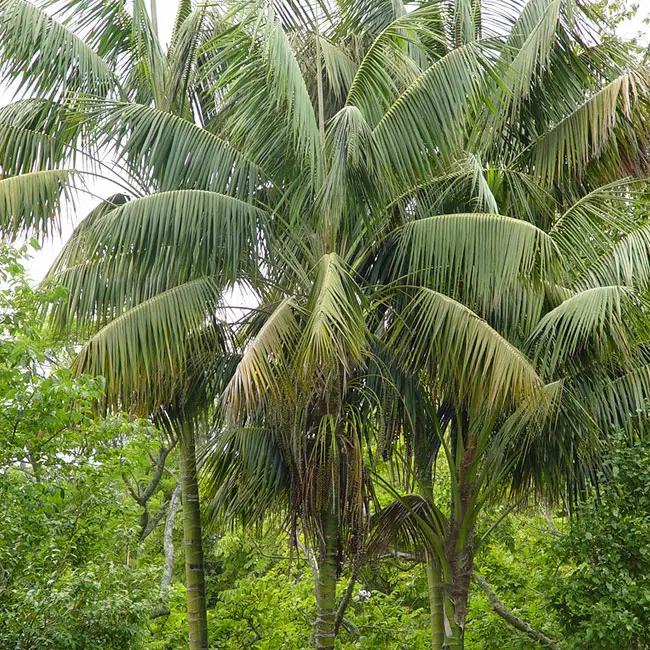
The Kentia Palm Tree, scientifically known as Howea forsteriana, is the most popular choice for indoor palm enthusiasts due to its durability and elegant appearance. It is native to Lord Howe Island, which is located in the Tasman Sea between Australia and New Zealand.
This palm requires minimal maintenance and can adapt easily to a wide range of soil conditions. Kentia Palms grow more rapidly as single specimens rather than in group plantings.
Quick Facts:
| Scientific name: | Howea forsteriana |
| Common names: | Kentia Palm, Sentry Palm, Paradise Palm, Hotel Palm, Parlor Palm, Thatch Palm |
| Origin: | Native to Lord Howe’s Island that is near Australia |
| Growth Rate: | Slow. Up to 30 ft tall and 1-5 ft wide. |
| Cold Tolerance: | USDA Zones 9b (25 to 30 F) to 11 (above 40 F) |
| Light Req: | Partial shade to full shade. |
| Water Req: | Moderate |
| Soil Req: | Widely adaptable. |
| Fruit: | Yes. Red. Not edible. |
| Propagation: | By seed, germinating in 2 – 12 months. |
Kentia Palm Appearance
Howea forsteriana boasts a slender, clean trunk with distinct rings left by shed fronds, resembling the Bamboo Palm. While the trunk is dark green when young, it matures to a brown hue when exposed to sunlight, measuring approximately 5 inches in diameter, with no crownshaft.
As the Kentia Palm matures, its trunk slightly swells at the base. The graceful crown of this palm consists of three dozen arching evergreen fronds, each approximately 7 feet long.
These pinnate, feather-shaped leaves feature unarmed leaf stems measuring 3-4 feet in length and around 90 leaflets, which gracefully bend downward. The leaflets are 2.5 feet long and 2 inches wide, dark green on top and lighter underneath.
Kentia Palm Flowers and Fruits
Howea forsteriana requires some sun exposure to produce creamy flowers, which emerge from below the leaves on a 3.5-foot long inflorescence. Typically, flowering occurs in November and December each year.
Interestingly, both male and female flowers appear on the same inflorescence, with adult Kentia Palms typically bearing fruit around fifteen years of age.
The fruit is oval, approximately 2 inches in length, pointed at both ends, and turns reddish-brown when ripe.
How To Care For Kentia Palm
Kentia Palms can slowly reach heights of up to 60 feet but generally do not exceed 30 feet in height.
These palms have an excellent track record for surviving in low-light conditions, dusty environments, central heating, rough handling, drought, and general neglect when grown indoors.
If you’re cultivating a Kentia Palm indoors, choose a location that receives indirect sunlight through a window. It doesn’t necessarily require an extremely bright spot. In low light, the palm may have around 4-6 fronds, while medium light levels can yield twice as many. Thus, the more indirect light, the better.
Kentia Palms can tolerate cold temperatures down to 25°F and thrive in USDA Zones 9b (25 to 30°F) to 11 (above 40°F). When planted outdoors, they can adapt to full sun but prefer a lightly shaded to shady area. It’s advisable to introduce them to full sun gradually after they reach approximately 5 years of age.
When it comes to watering, the Kentia Palm cannot endure severe dryness or constant overwatering. It prefers consistently moist soil but requires the top 1 to 2 inches to dry before the next watering.
Be cautious not to overwater, particularly during the winter months. Reducing the amount of water and regular misting during the winter can help maintain humidity and remove dust buildup.
Overwatering can lead to root rot if the soil does not drain adequately. Insufficient watering can result in yellowing and subsequently browning of the leaf tips, as well as drooping fronds.
Maintenance for Kentia Palms is straightforward. They require minimal pruning to remove dry, brown fronds. Excessive pruning can harm the trunk.
To prevent nutritional deficiencies, apply high-quality palm fertilizer with a continuous-release formula twice a year during the growing season.
In terms of pests and diseases, indoor-grown palms rarely encounter plant diseases. However, issues related to under and overwatering, as well as insect infestations such as mealy bugs and mites, may occur.
To address mites, consider spraying the plant twice daily with a soapy dishwater mixture, a home remedy that has proven effective.
Kentia Palm Propagation
Propagation of Kentia Palms is typically done through seeds. Place the seeds in sandy soil during the spring or summer months. The ideal temperature for propagation is between 65°F to 75°F.
It takes around 3-4 years for Kentia Palm fruits to mature, and determining their ripeness can be challenging due to the gradual color change from dull orange to dull red. Kentia Palms often carry 2 or 3 crops at various stages of maturity.
Warm temperatures, ranging from 80°F to 104°F (26°C to 40°C), can expedite the germination process. Notably, Kentia seeds can tolerate lower germination temperatures, down to approximately 50°F (10°C).
They should be germinated in filtered low light or shade but not in complete darkness. The germination of Kentia Palm seeds typically takes 1-3 months.
Kentia Palm Tree Pictures
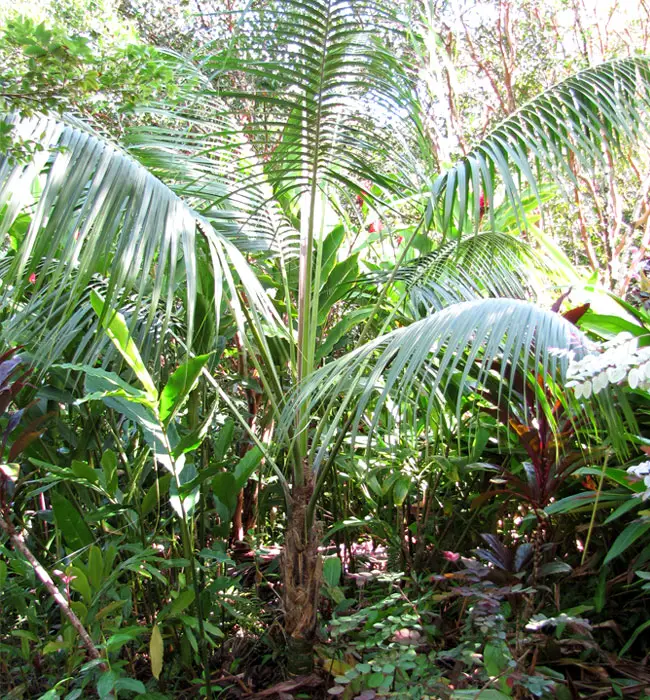
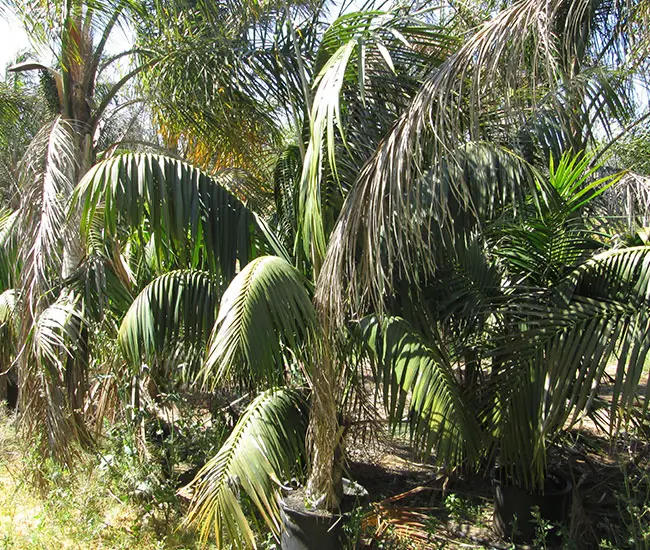
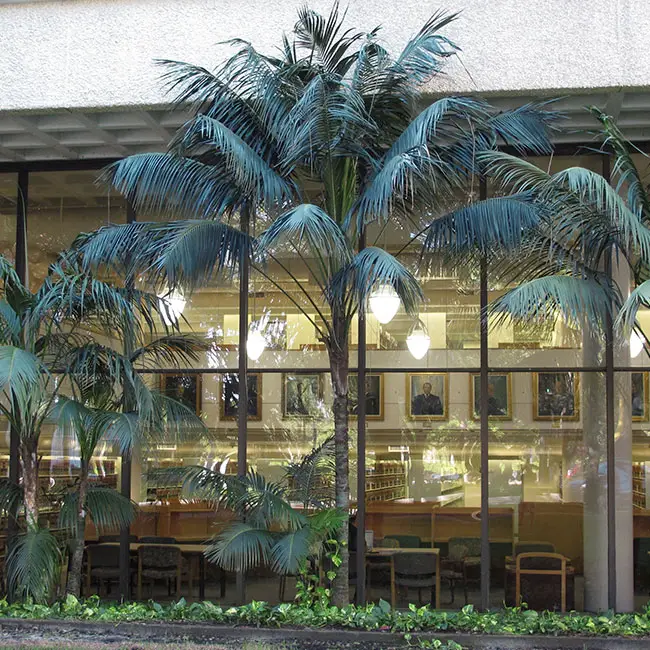
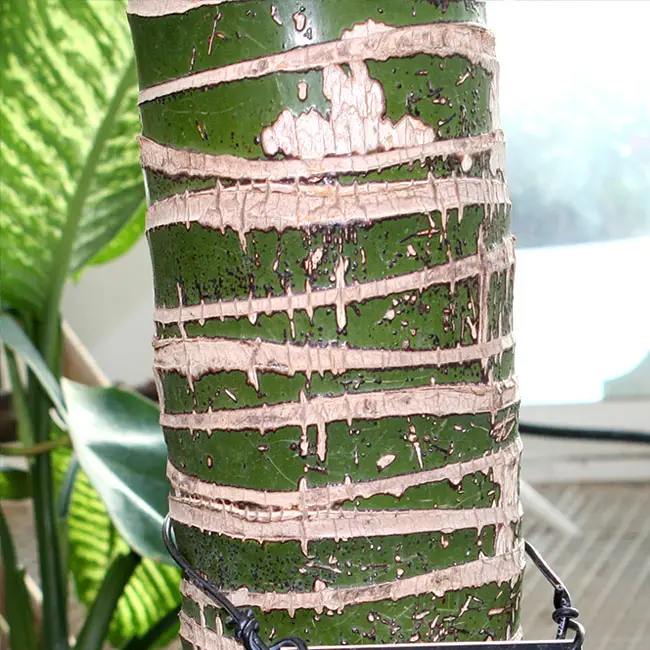
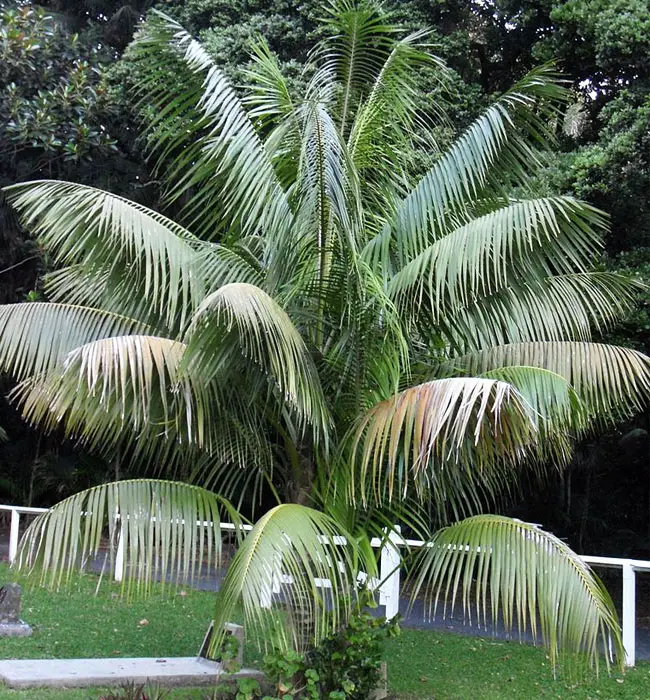
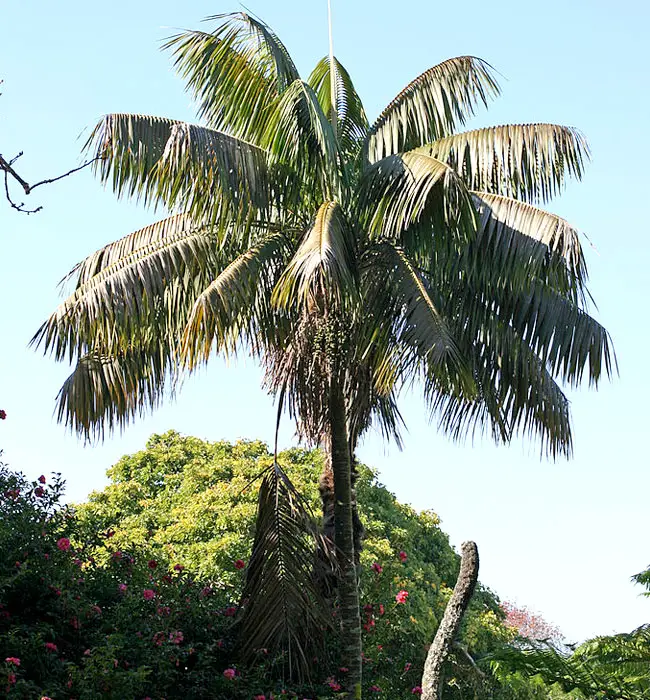
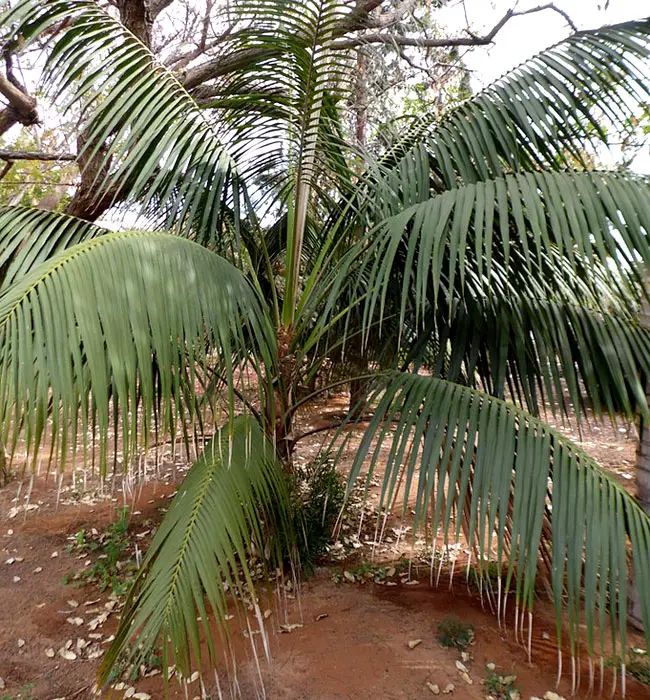
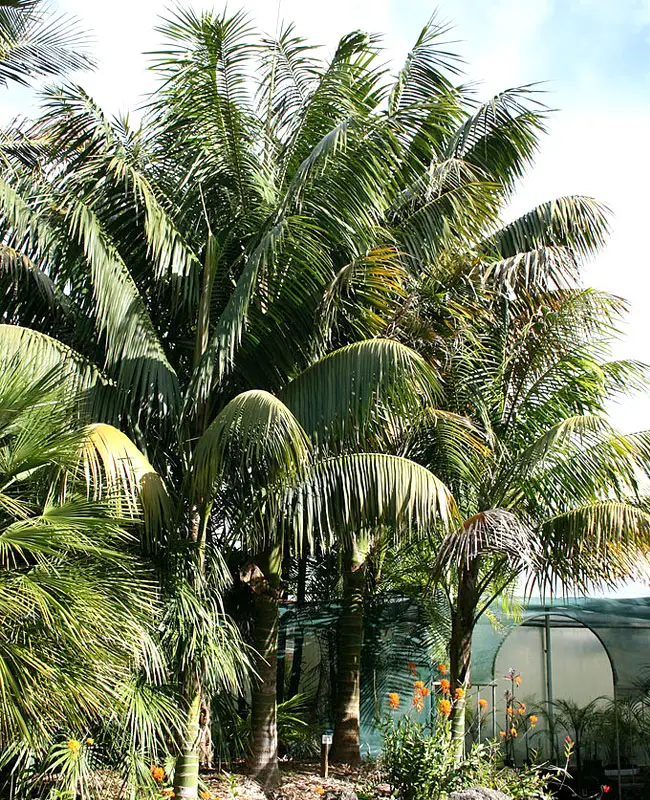
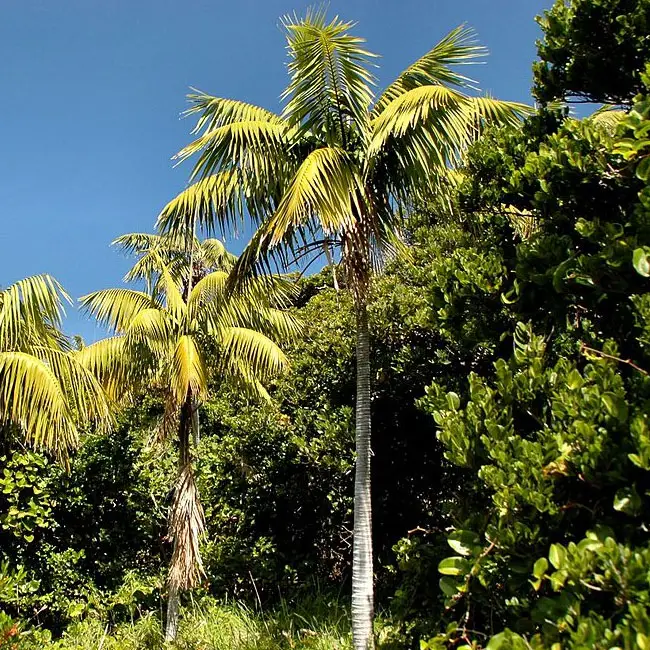
More information can be found on EDIS and Floridata sites.

Boca Raton area